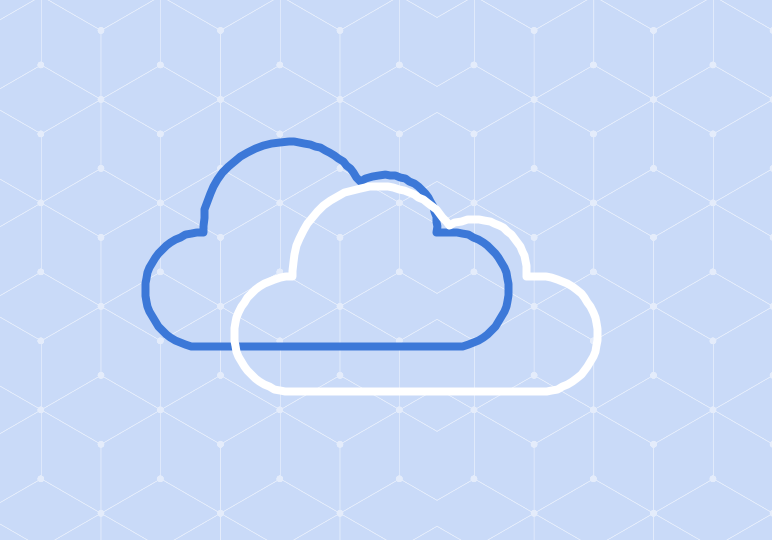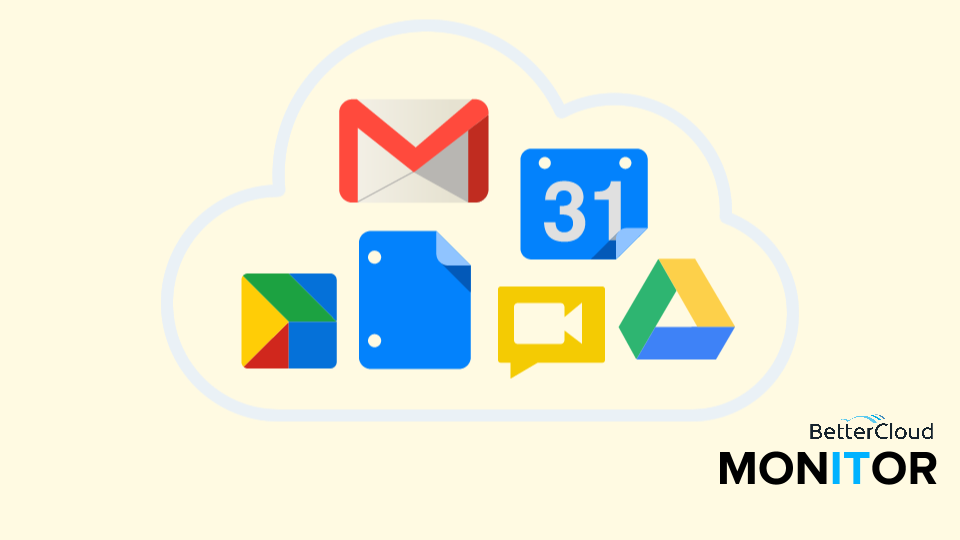Steps to Take Before Migrating A Big Data Project
2 minute read

What drives business models faster and enables data-driven decisions better than big data analytics? Nothing. Still, executives struggle to manage the huge amounts of data from multiple sources. The search for an agile, scalable platform to deploy analytic tools and share apps and data ended some time ago – with Google Cloud Solutions.
Convince Stakeholders
Not all executives understand why the cloud is critical for big data projects, but most executives trust Google. When convincing stakeholders, first you should assess and analyze your cloud requirements. Will you be requiring more of cloud storage, cloud processing, or cloud development? Each cloud cluster is configured to support different categories of workload mixes. You could do the sensible thing and opt for a cloud solution that offers both configuration and deployment, such as the Google Cloud Platform. Google provides easy migration of content into the cloud along with easy archival and disaster recovery. Google uses its own cloud platform solution, and as such, makes sure that the solution is robust for any business or enterprise to rely on.
If you’re the cloud advocate for your company, research big data cloud computing thoroughly and explain how Google Cloud Services can help your company to:
- Step up operational efficiency; you can store any amount of data on Google Cloud Storage and retrieve it at any point in time.
- Increase brand engagement and customer loyalty; Google’s fast and very reliable networking infrastructure will help you expand your products/services and scale your operations seamlessly.
- Facilitate agile response to challenges and competitive opportunities; Google uses its own cloud solutions, and Google always stays on top of every situation. That should satisfy your stakeholders!
What Google Cloud Solutions Offers
- You can store any number of large (terabytes) of unstructured data objects on Google Cloud Storage. Google’s Standard Storage class is the perfect choice if you access your data frequently. Otherwise, opt for the Nearline Storage Class.
- Excellent, user-friendly data organization – in virtual buckets, literally.
- Uploading data is easy – you can do it via the Cloud Platform Console, an XML API, a JSON API, the command line – there are several options.
- It’s easy to migrate data once or set up a recurring transfer from external storage using the Google Service.
- You can easily share your data with the selected users such as Google account holders, Google-hosted domain, Google groups and so on.
Address Other Requirements
Get familiar with the Google Cloud Solution and how it harmonizes with various legacy data security systems. Then come up with cloud control strategies for data handling on Google Cloud. Your main concern will be to ensure standards compliance, privacy and security of data. Evaluate both your legacy systems and security concerns thoroughly before you migrate to Google Cloud Solutions.
Get Into Operation-ready State
Once the other considerations are in place, it’s time to get ready to integrate and deploy your Google Cloud solution. You’ll need to know your analytics, IT processes, and data management strategies to better support your big data cloud operations. Conventional cycles for application development range from 6 months or more. This won’t work for big data cloud app deployments, which needs to run continuously.





